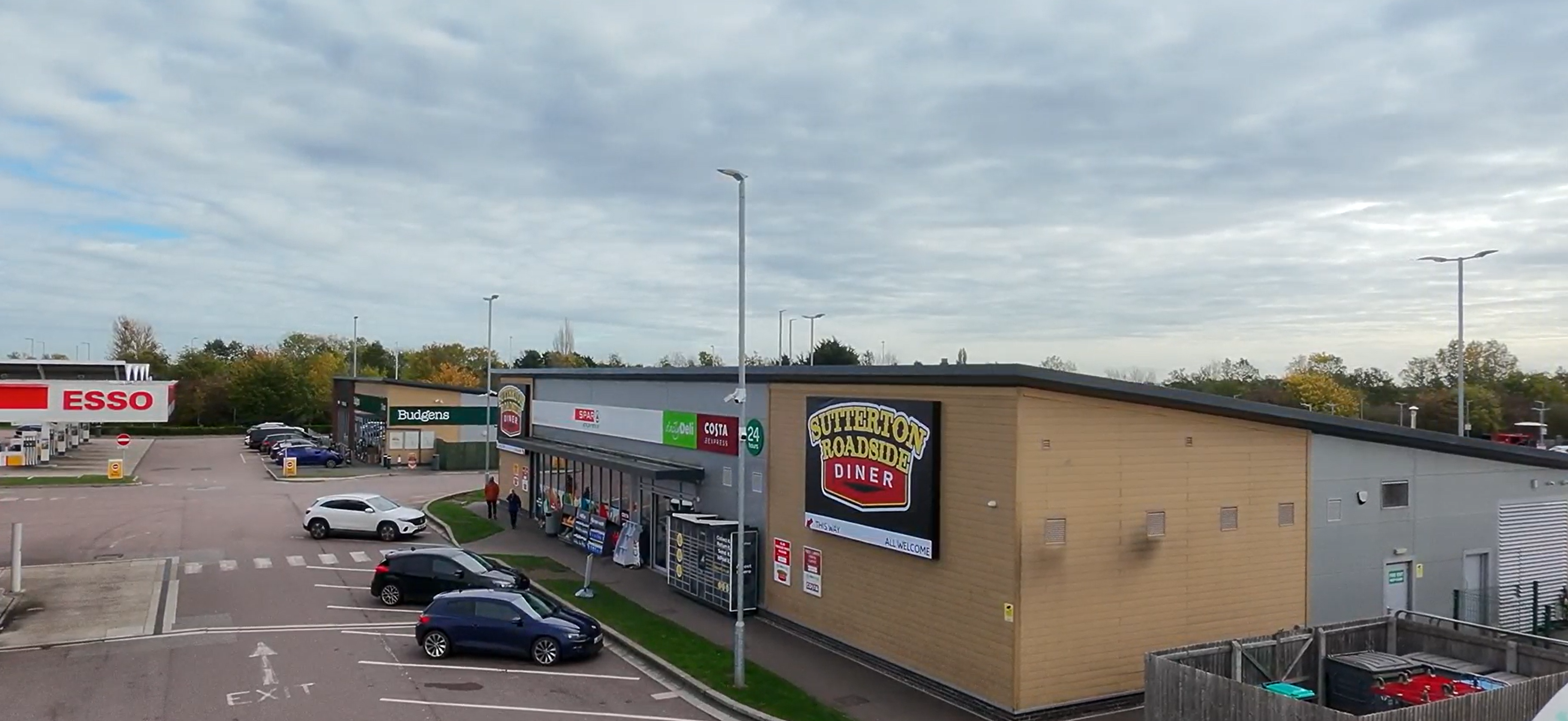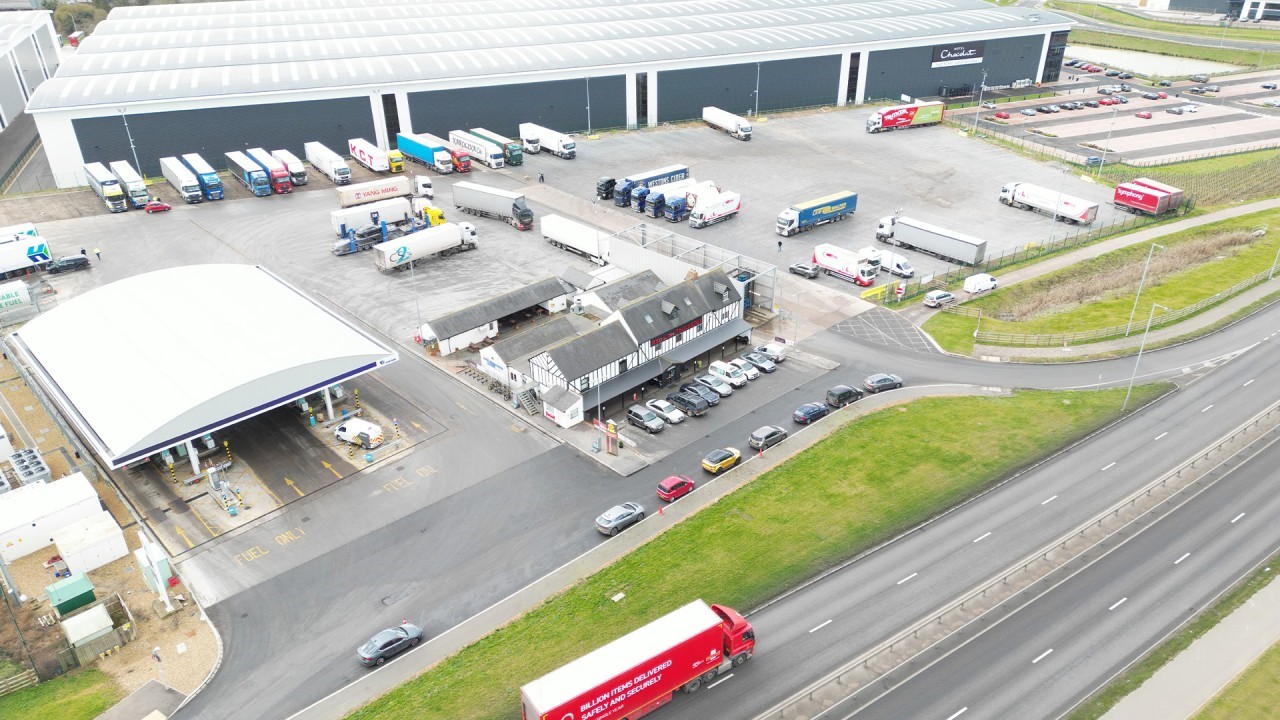
Susie Jones
Автовокзал Red Lion - образец успеха
Создано: 28.08.2024
•
Обновлено: 28.08.2024
Всего в 200 ярдах от трассы M1 на перекрестке 16 находится стоянка для грузовиков Red Lion. Основанный более 30 лет назад, "Красный лев" стал популярным местом для водителей. Ее называют раем для дальнобойщиков. Общительная атмосфера, вкусная еда и широкий спектр услуг делают эту отмеченную наградами стоянку любимой. Оператор площадки, Али Садрудин, рассказывает нам о ней.
"На площадке можно разместить более 200 грузовых автомобилей в сутки. Имеется высокоскоростная заправочная станция, которая заправляет не только дизельное топливо и AdBlue, но и сжатый природный газ (CNG). Кроме того, недавно была построена новая мойка для грузовиков с 3 щетками. В административном здании есть ресторан и бар, магазин аксессуаров для грузовиков, прачечная, игровой центр, банкоматы, душевые и туалеты с обслуживанием, а также помещения для проведения мероприятий и встреч".
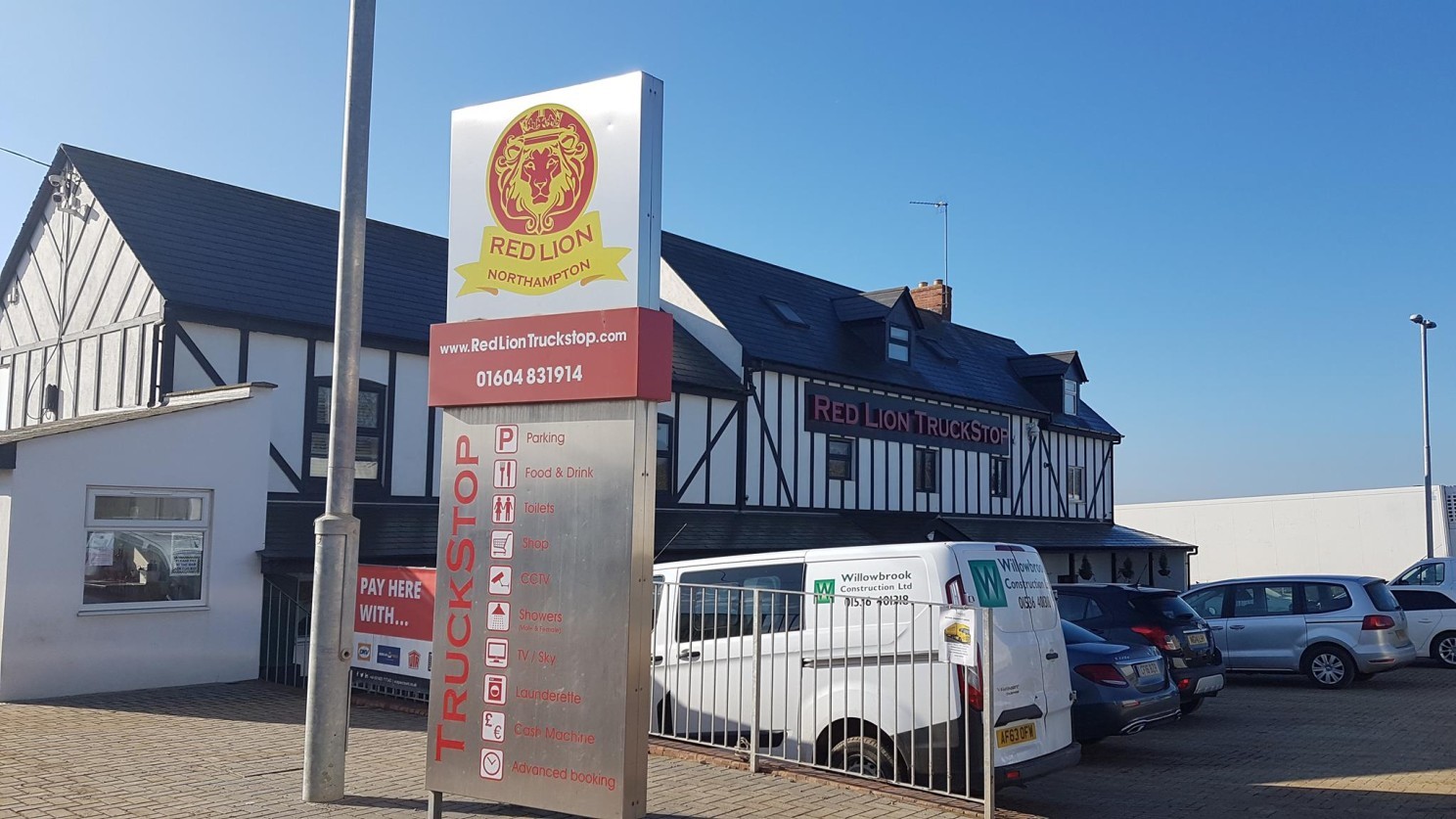
объекты
Некоторые считают автостоянки просто местом отдыха для водителей, но они также играют важную роль в улучшении самочувствия водителей. В компании SNAP мы знаем, что обеспечение водителей чистыми помещениями является обязательным. Но что еще нужно дальнобойщикам?
"Я считаю, что клиентам нужны базовые вещи, но сделанные правильно. Хорошая еда, чистые помещения, безопасность для их автомобилей и грузов. Если вы сможете это обеспечить, то у вас будут довольные и постоянные клиенты", - говорит Али.
Беглый взгляд на страницу Red Lion в Facebook говорит о том, что они определенно следуют этой мантре, и это работает. Комментарии вроде "потрясающая стоянка для грузовиков, лучшая в стране" и "возможно, одна из лучших стоянок для грузовиков в Англии" подтверждают 4 000 с лишним положительных отзывов в Google.
Безопасность и охрана
Однако вкусная еда и чистые помещения - это не единственное, на что обращают внимание Али и его команда. Они также очень серьезно относятся к безопасности. По оценкам, в 2020 году в Великобритании было совершено более 4000 преступлений, связанных с грузовыми автомобилями, грузоперевозками и грузами, что обошлось Великобритании в 250 миллионов фунтов стерлингов. Такие объекты, как Red Lion, ввели меры безопасности, чтобы снизить это число.
Али утверждает, что "SNAP помог нам получить сертификат TAPA PSR Level 3". В феврале 2023 года The Red Lion был удостоен награды Park Mark Freight Award. Али рассказывает о том, какие меры безопасности были приняты для получения этой награды.
"Объект является безопасным по своей конструкции. У нас есть круглосуточная охрана, которая патрулирует территорию, а третья сторона следит за системой видеонаблюдения. Вокруг участка установлен 3-метровый непрерывный забор, во все точки которого смотрят стационарные камеры, что позволяет обнаружить любые несанкционированные проникновения или повреждения панелей забора. Кроме того, территория полностью освещена в соответствии с требованиями полиции, а камеры с датчиками движения стратегически расположены по всему участку, чтобы фиксировать любое несанкционированное движение и быть уверенными, что каждая часть территории находится под наблюдением. Система ANPR позволяет фиксировать въезжающие и выезжающие с участка автомобили, а также обеспечивает быстрое реагирование полиции, если возникает необходимость в ее вызове".
В Red Lion также приняты дополнительные меры, чтобы женщины-водители чувствовали себя комфортно и безопасно во время своих визитов. Здесь есть такие удобства, как женские душевые, туалеты и раздевалки. Эти меры не остались незамеченными: в январе 2023 года автостоянка была названа лучшей в Великобритании для женщин-водителей грузовых автомобилей.
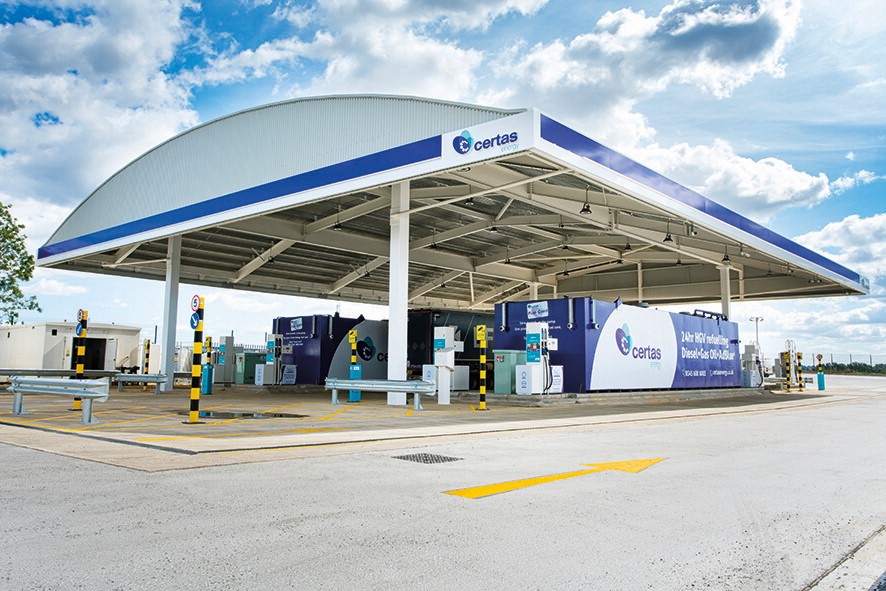
Доход и расширение
Одним из многочисленных преимуществ для менеджеров, использующих SNAP, является повышение рентабельности и оптимизация. Будучи одним из основателей SNAP, Али рассказывает, как SNAP принес бизнесу дополнительный доход с момента присоединения в 2009 году.
"Это был постепенный процесс на протяжении многих лет, однако, поскольку привычки водителей постоянно меняются и становятся все более безналичными, я могу представить, что новый сайт, принимающий SNAP, будет иметь немедленную отдачу. Примерно 65% общего дохода сайта составляет SNAP".
С 2009 года в индустрии многое изменилось. Али объясняет, как сайту пришлось адаптироваться к меняющейся индустрии и растущему спросу.
"Изначально площадка была рассчитана только на 130 грузовых автомобилей в сутки, но в 2018 году она расширилась до 200+, чтобы удовлетворить возросший спрос", - говорит Али. Для водителей и автопарков, использующих SNAP, эти 200 мест становятся легко бронируемыми".
Спустя всего четыре года на территории предприятия появилось новое оборудование для мойки грузовиков. Открытая в ноябре 2022 года современная трехщеточная автомойка подходит для большинства грузовиков LGV.
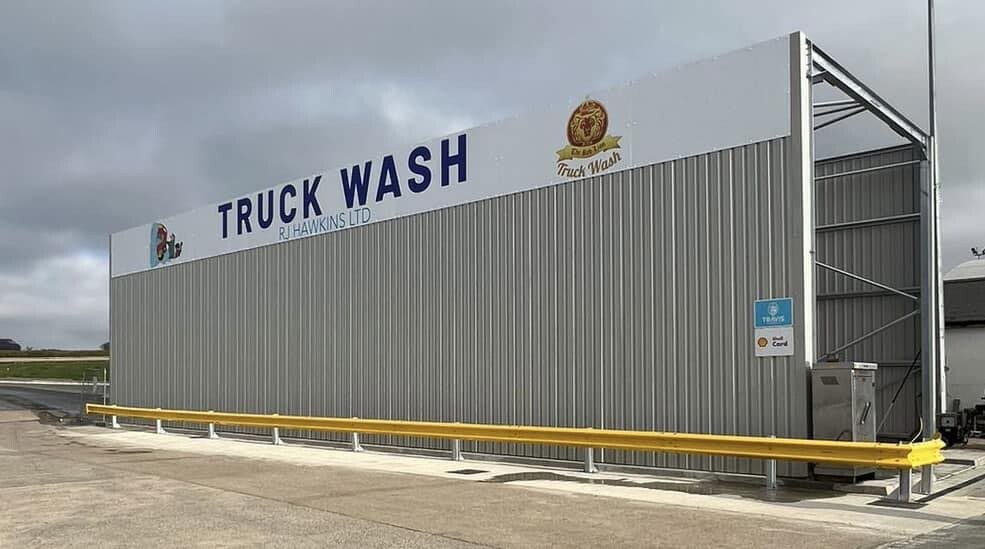
Присоединение к SNAP в качестве сервисного партнера
Присоединившись к SNAP, ваше местоположение окажется на виду у 160 000 водителей и 7 000 автопарков. Для автостоянок, таких как Red Lion, которые постоянно стремятся предлагать новые инициативы и удобства для своих клиентов, SNAP предоставляет такую возможность.
"SNAP позволил сайту предложить альтернативный способ оплаты, который может принести только пользу покупателям и привлечь их на сайт", - говорит Али.
Преимущества SNAP
Счет SNAP используют более 160 000 водителей. Поэтому высокие стандарты жизненно важны. Хотя партнеры по обслуживанию, принимающие платежи по SNAP-счету, являются независимыми предприятиями, мы проверяем каждый сайт и убеждаемся, что они соответствуют нашим стандартам. Кроме того, наша сетевая команда доступна в любое время.
"SNAP всегда оказывал нам поддержку с самого первого момента нашего вступления в организацию, - говорит Али.
Когда Али спросили, что для них самое лучшее в SNAP, он ответил: "Это уровень обслуживания, они сделали все возможное, чтобы адаптировать систему продажи билетов к нашим требованиям".
А что он посоветует владельцам автостоянок, которые подумывают о том, чтобы открыть свое место для водителей SNAP?
"Сделайте это! Почему бы вам не захотеть привлечь на свой сайт дополнительных клиентов?"
Подпишитесь на SNAP
Чтобы повысить рентабельность и оптимизировать работу сайта, зайдите на сайт snapacc.com.
